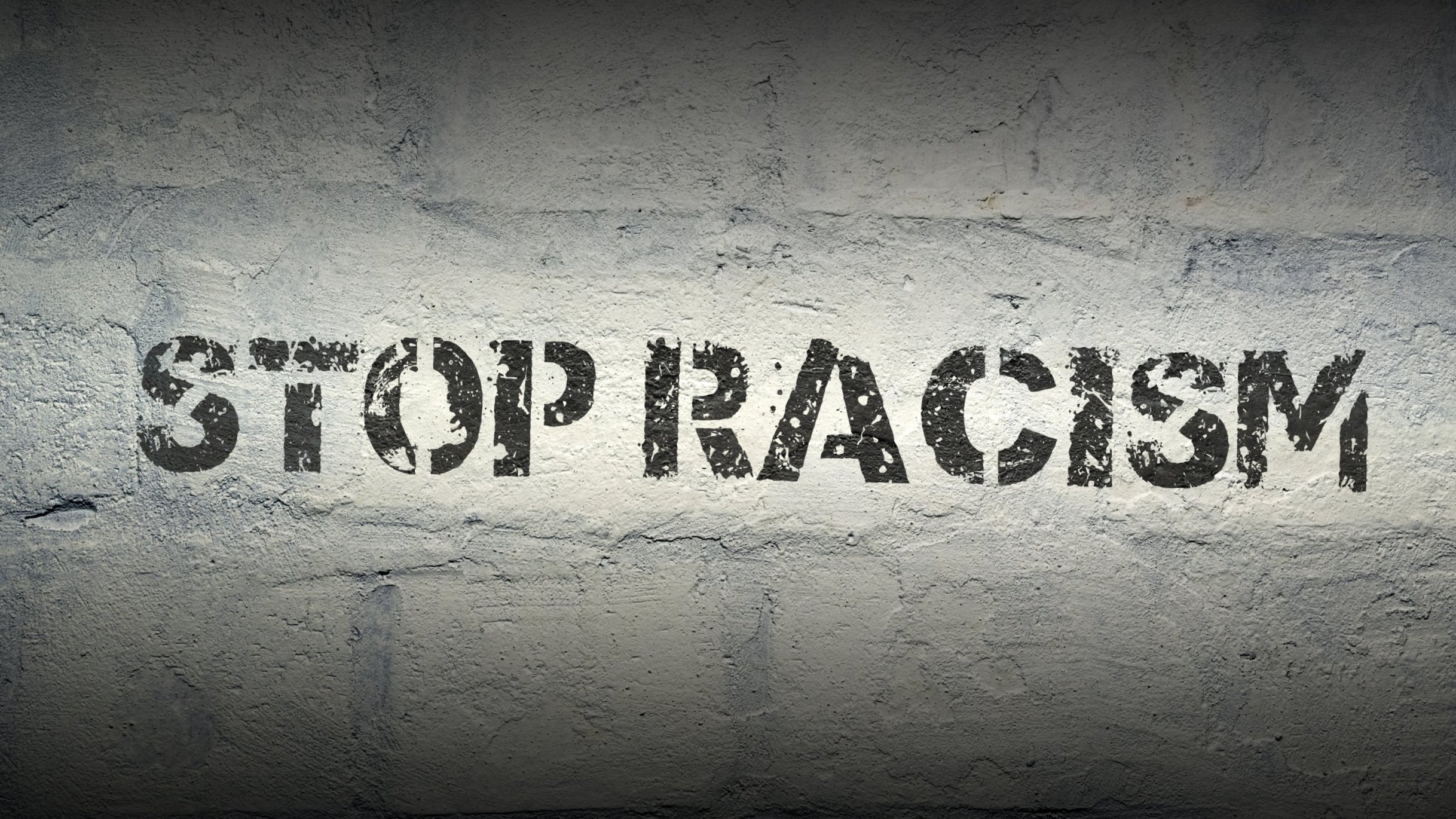
Confronting Racial Trauma in the Music Classroom
Yi, T. S. (2021). Confronting Racial Trauma in the Music Classroom: A Call to Action. Music Educators Journal, 108(1), 57–59. https://doi.org/10.1177/00274321211035688
-
Overview
Confronting Racial Trauma in the Music Classroom recognizes various levels of racism within music pedagogy and pedagogical mannerisms that educators knowingly/unknowingly apply that marginalizes students. Educators continue to display macro- and micro-aggression even when they mean well. Yi reflects upon her experience as a woman of color facing racism and offers approaches to antiracist music education.
-
Perpetual Trauma
Since the murder of George Floyd in 2020, schools and institutions condemned racial violence and pledged to act against racism. While antiracist policies try to address racism in our schools, Yi encourages all educators to address racism in their own pedagogy. Whether we know it or not, our day-to-day pedagogical mannerisms carry bias and we perpetuate racism by teaching with micro-aggression. Yi continues to see educators place black and brown students in the back of the orchestra, students tracked into “low-ability” (p. 58)/remedial classes, and students retreating to an invisible identity caused by teachers. Students also experience racism outside of the classroom. “[Yi’s] students’ racial trauma came in part from the acts of violence and racism they watched in the media against people who looked just like them and in part from school experiences that often confirmed their sense of being dispensable. [Students] would ask what the point was of trying in school and projected an uncaring attitude toward life. Instead of judging students’ numbness as defiance or distraction, [Yi] validated it as a racial trauma response and created nonjudgmental spaces for [students] to heal” (p. 58).
-
Antiracist Education
Having first hand experience solidifies one’s sense of reality. Yi’s call to action and antiracist education stems from her life’s experience of racism. Yi builds relationships with her students by “...giving students the same respect, care, protection, and access to music that [she] would want for [herself]” (p. 58). Antiracist education is often taken up by educators who have faced racism. This should not be the case. For educators fortunate enough to have not faced systemic racism, a starting point to implementing an antiracist pedagogy is to observe and note how their own actions support or limit students. In citing another research, Yi writes, “A true antiracist commitment will require educators to develop their understanding of the emotional, psychological, and physical effects of racism on students of color” (p. 58). Yi recommends listening to and validating our students’ experiences. Yi reminds her students of their self-worth. Yi recognized when her students were being tracked in a technical career path and advocated for her students to administrators leading her students back to music, arts, and higher education. Building relationships with all students is at the heart of Yi’s message.
-
Alex's Riff
My summary of Yi’s article and a list of actions does not solve racism in our classrooms. Completely changing our mindset and developing/implementing an antiracist pedagogical approach is only the beginning. In Yi’s closing, she writes, “We need to hold ourselves accountable for identifying, recognizing, and ending racist practices in our classrooms or else become accomplices to murder” (p. 59). Educators at all grade levels and roles have a hand in shaping learners. Building trust and understanding with our students equates to modeling love and acceptance. It only takes one educator with poor judgment and bias to hurt an entire generation of learners.